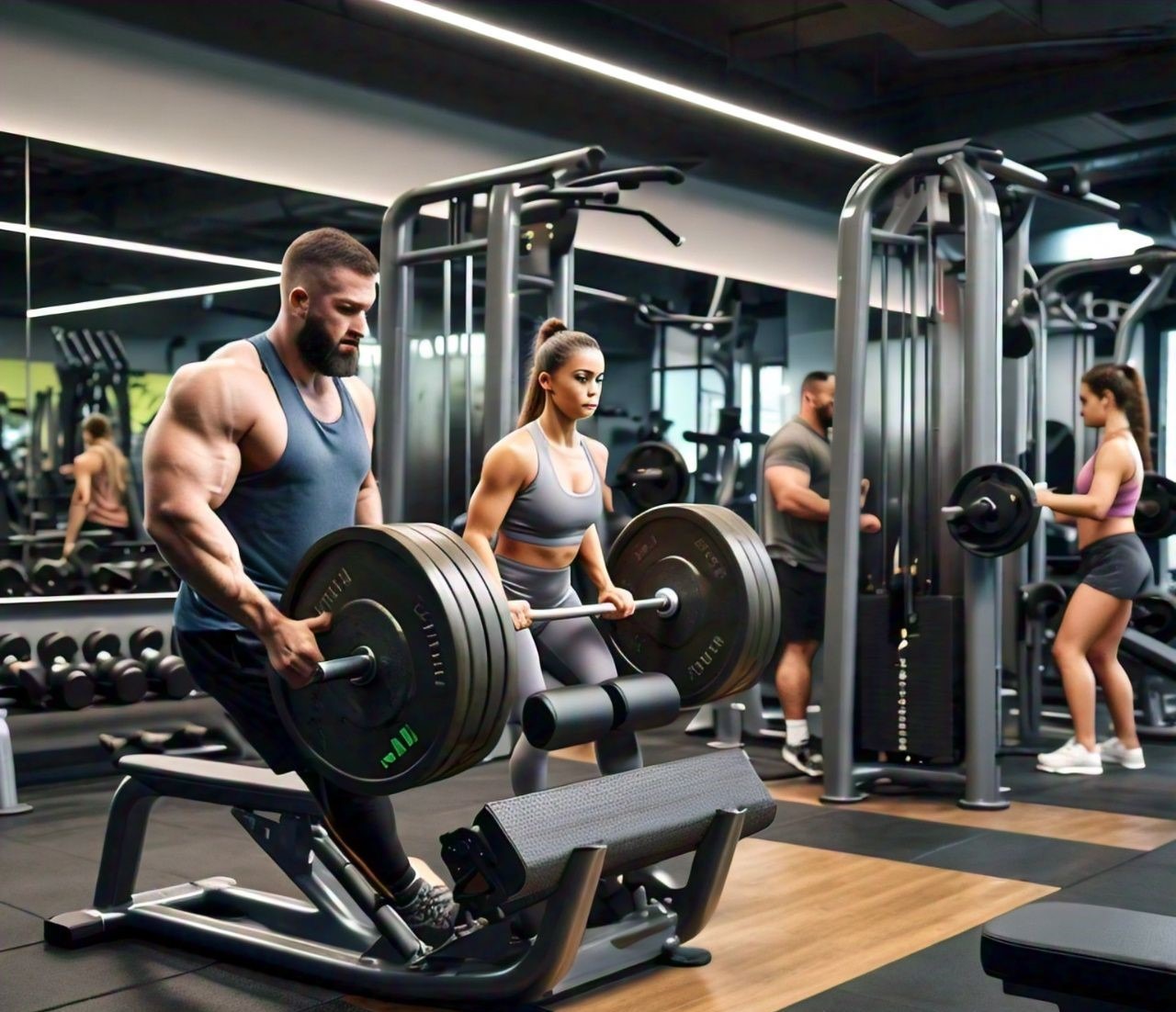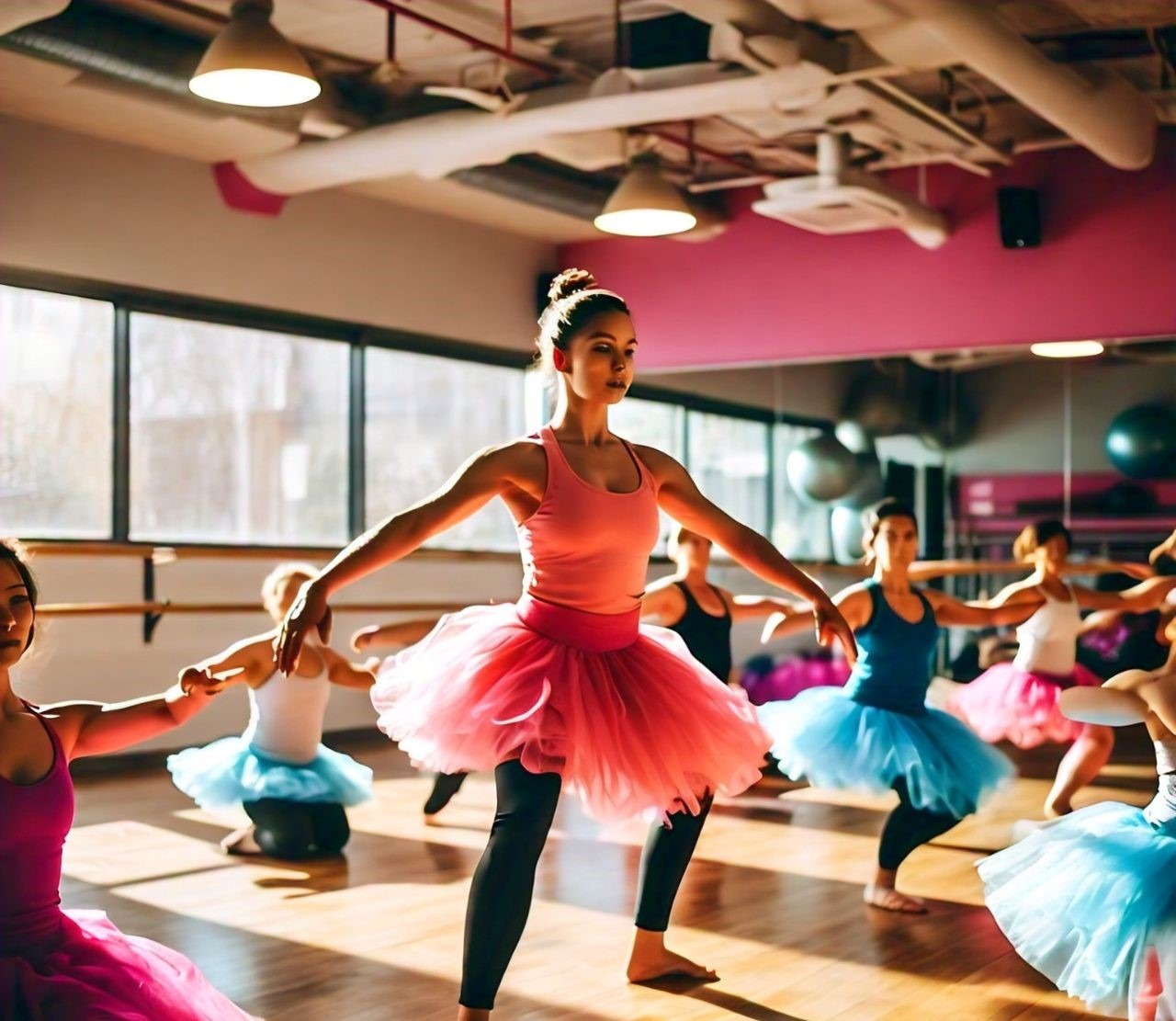Introduction
The lower trapezius muscles, often referred to as the lower traps, play a crucial role in maintaining good posture, preventing shoulder injuries, and enhancing upper body strength. However, these muscles are often neglected in many workout routines, leading to muscular imbalances and increased risk of injury. This comprehensive guide introduces you to 6 new lower trap exercises designed to target and strengthen this essential muscle group. By incorporating these exercises into your workout regimen, you can improve your posture, stabilize your shoulders, and build a stronger upper body.
What Are the Lower Traps?
The trapezius muscle is a large, triangular-shaped muscle that extends from the base of the skull down to the middle of the back and across the shoulders. It is divided into three sections: the upper traps, middle traps, and lower traps. The lower traps are located at the base of the trapezius, running from the lower thoracic vertebrae up to the shoulder blades.
Why Are Lower Trap Exercises Important?
The lower trapezius muscles are responsible for several critical functions, including stabilizing the shoulder blades, facilitating shoulder movement, and maintaining proper posture. Weak lower traps can lead to a range of issues, such as rounded shoulders, poor posture, and increased susceptibility to shoulder injuries. Strengthening these muscles is essential for anyone looking to improve their upper body strength and maintain a healthy, injury-free body.
The Benefits of Strong Lower Trapezius Muscles
Improved Posture and Alignment
One of the primary benefits of strong lower traps is improved posture. The lower traps help to pull the shoulder blades down and back, counteracting the tendency for the shoulders to round forward. This is especially important in today’s world, where many people spend hours hunched over computers or mobile devices. Correcting this posture not only improves appearance but also reduces the risk of developing chronic pain in the neck, shoulders, and upper back.
Enhanced Shoulder Stability
The lower traps play a crucial role in stabilizing the shoulder blades during arm movements. This stability is essential for maintaining proper shoulder alignment and preventing injuries, particularly in the rotator cuff muscles. Exercises that target the lower traps can help to reduce the risk of shoulder impingement, a common condition where the tendons of the rotator cuff become irritated and inflamed as they pass through the shoulder joint.
Increased Upper Body Strength
Strengthening the lower traps contributes to overall upper body strength and endurance. The lower traps assist in various upper body exercises, such as overhead presses and pull-ups, by helping to stabilize the shoulder blades and maintain proper form. By incorporating lower trap exercises into your routine, you can enhance your performance in these and other upper body exercises, leading to greater overall strength and muscular development.
Avoid These Common Mistakes in Lower Trap Exercises
Overemphasis on Upper Traps
A common mistake in many workout routines is overemphasizing the upper traps while neglecting the lower traps. The upper traps are often engaged in exercises like shrugs and deadlifts, which can lead to muscular imbalances if the lower traps are not adequately trained. To avoid this, it’s important to incorporate exercises that specifically target the lower traps and ensure that they are being activated during your workouts.
Poor Form and Technique
Maintaining proper form and technique is crucial when performing lower trap exercises. Poor form can lead to ineffective workouts and increase the risk of injury. For example, when performing exercises like face pulls or scapular push-ups, it’s important to focus on slow, controlled movements and avoid using momentum to lift the weight. Proper form ensures that the lower traps are fully engaged and maximizes the effectiveness of the exercise.
Neglecting Progressive Overload
Progressive overload is the gradual increase of stress placed on the body during exercise. This can be achieved by increasing the weight, reps, or intensity of the exercises over time. Neglecting progressive overload can lead to plateaus in your training and limit your progress. To ensure continuous improvement in lower trap strength, it’s important to gradually increase the difficulty of your exercises by adding weight or increasing the number of repetitions.
Try These 6 New Lower Trap Exercises
Exercise 1: Prone Y Raises
Prone Y Raises are an excellent exercise for targeting the lower traps. To perform this exercise, lie face down on a bench or mat with your arms extended in a Y shape above your head. Slowly lift your arms off the ground while keeping your thumbs pointed upward. Hold the position for a few seconds before slowly lowering your arms back down. This exercise engages the lower traps and helps improve shoulder stability and posture.
- Variations: For an added challenge, perform the exercise with light dumbbells or resistance bands.
Exercise 2: Face Pulls with External Rotation
Face Pulls with External Rotation are a compound exercise that targets the lower traps, rear deltoids, and rotator cuff muscles. Using a cable machine or resistance band, pull the handles towards your face while simultaneously externally rotating your shoulders. This movement engages the lower traps and helps to improve shoulder stability and posture.
- Tips for proper form: Keep your shoulders down and back, and focus on squeezing your shoulder blades together at the end of the movement.
Exercise 3: Overhead Shrugs
Overhead Shrugs are a variation of the traditional shrug that targets the lower traps more effectively. Begin by holding a pair of dumbbells or a barbell overhead with your arms fully extended. From this position, elevate your shoulders towards your ears while keeping your arms straight. Hold the contraction at the top before slowly lowering your shoulders back down.
- Benefits: This exercise not only strengthens the lower traps but also improves shoulder stability and helps prevent shoulder injuries.
Exercise 4: Wall Slides
Wall Slides are a simple yet effective exercise for activating the lower traps and improving shoulder mobility. Stand with your back against a wall, with your arms in a W position. Slowly slide your arms up the wall until they are fully extended, then slide them back down to the starting position. Focus on keeping your lower back and shoulders in contact with the wall throughout the movement.
- Variations: For an added challenge, perform this exercise with a resistance band around your wrists.
Exercise 5: Scapular Push-Ups
Scapular Push-Ups are a variation of the traditional push-up that targets the lower traps and serratus anterior. Start in a push-up position with your arms straight and your body in a straight line from head to heels. Without bending your elbows, squeeze your shoulder blades together and then spread them apart as far as possible. This movement focuses on the lower traps and helps to improve shoulder stability.
- Progressions: To increase difficulty, perform this exercise on an incline or with added weight.
Exercise 6: Lower Trap Raises
Lower Trap Raises are a specific exercise that isolates and strengthens the lower traps. Lie face down on a bench with your arms hanging down in front of you. Using light dumbbells, raise your arms out to the side while keeping your elbows slightly bent. Focus on squeezing your shoulder blades together at the top of the movement, then slowly lower your arms back down.
- Tips for maximizing effectiveness: Use a slow, controlled tempo and avoid using momentum to lift the weights.
Creating a Balanced Workout Routine
Frequency and Volume
To effectively target and strengthen the lower traps, it’s important to incorporate these exercises into your routine 2-3 times per week. Aim for 3-4 sets of each exercise, with 8-12 repetitions per set. This frequency and volume ensure that the muscles are being adequately stimulated for growth and development.
Combining Lower Trap Exercises with Other Workouts
Lower trap exercises can be easily integrated into your existing workout routine. Consider adding them to your upper body or back workouts, or as part of a full-body routine. Combining lower trap exercises with other compound movements like pull-ups, rows, and shoulder presses can help create a well-rounded program that enhances overall upper body strength and stability.
For instance, after completing your primary lifts like bench presses or deadlifts, you can incorporate 2-3 lower trap exercises as accessory work. This approach not only strengthens the lower traps but also improves your performance in other lifts by enhancing shoulder stability and posture.
Balancing Push and Pull Movements
To maintain muscular balance, it’s essential to balance push and pull movements in your routine. The lower traps are involved in pulling movements, so pairing these exercises with pushing exercises (like push-ups or bench presses) can help ensure that you’re developing all aspects of your upper body evenly. For every push exercise, include a pull exercise to keep your shoulders healthy and prevent imbalances.
Maximize Your Results with These Tips
Consistency is Key
As with any fitness goal, consistency is critical when it comes to strengthening the lower traps. Make sure to include lower trap exercises regularly in your routine and progressively increase the intensity over time. Consistency ensures that your muscles are continually challenged and that you’re making steady progress.
Focus on Mind-Muscle Connection
The mind-muscle connection is the practice of consciously focusing on the muscles you’re working during an exercise. When performing lower trap exercises, take the time to concentrate on the contraction of the lower traps and the movement of your shoulder blades. This focus can lead to better muscle activation and improved results.
Incorporate Progressive Overload
To continue making progress, it’s important to incorporate progressive overload into your routine. This means gradually increasing the weight, repetitions, or intensity of your exercises over time. For lower trap exercises, you might start with bodyweight movements and then gradually add resistance bands or light dumbbells as you get stronger.
Prioritize Recovery
Muscle growth occurs during periods of rest and recovery, not just during workouts. Ensure you’re giving your lower traps adequate time to recover between sessions by spacing out your workouts and getting enough sleep. Incorporating stretching and mobility work into your routine can also help prevent tightness and enhance recovery.
Track Your Progress
Tracking your progress is a great way to stay motivated and ensure that you’re making steady gains. Keep a workout journal or use a fitness app to record your exercises, weights, and repetitions. Over time, you’ll be able to see your improvements and adjust your routine as needed to continue progressing.
Conclusion
Strengthening your lower traps is essential for enhancing shoulder stability, improving posture, and preventing injuries. By incorporating these exercises into your routine and following the tips provided, you’ll be well on your way to achieving a balanced and strong upper body. Stay consistent, focus on proper form, and enjoy the benefits of a well-rounded fitness regimen.
For more information on fitness and health, check out these resources:
Explore more articles on our site:
- How to Increase Running Stamina for Beginners at Home
- What Happens if You Don’t Get Enough Sleep Consistently: Effects and Solutions
- The Ultimate Guide to Healthy Living in 2024
- The Future of Artificial Intelligence: What to Expect
- Unlocking the Potential of Chat GPT Software: Revolutionizing AI Conversations
- Best Sleeping Position for Peripheral Artery Disease [New 2024]
- How to Increase Running Stamina for Beginners at Home
- 5 New Inner Thigh Exercises for Men and Women




